As the world celebrates Moth Week, two experts help us discover more about these fascinating nocturnal species, and where and how to spot them in the urban jungle
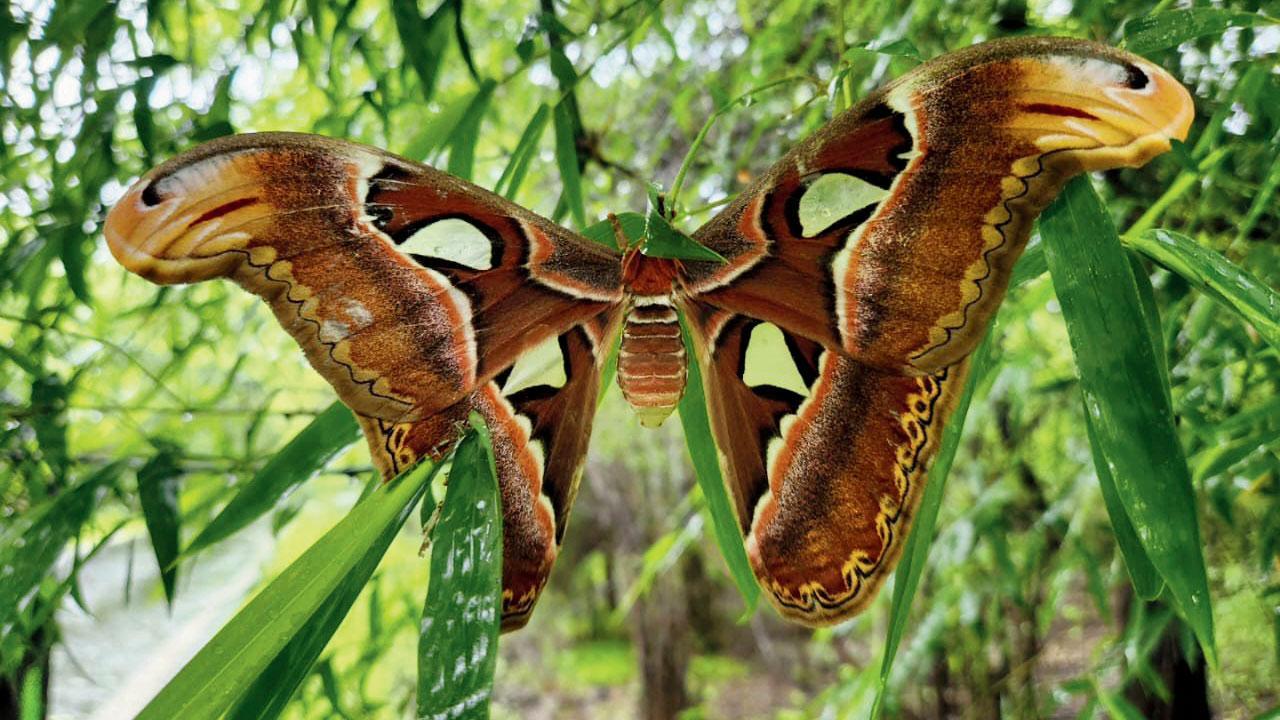
Atlas moth in SGNP. PIC COURTESY/SHUBHAM HADKAR
The moth haunt
Moths are mostly nocturnal insects attracted to the light. So, if you’re observant about the insects that are attracted towards any light source, spotting and photographing a moth is not difficult. As one gets to photograph the common moths they may progress to different moths by using specialised mothing lights and moth traps.
ADVERTISEMENT
Look out for these
>> Fruit-piercing moth: It is known for its bright orange hindwings with dark spots. This is normally hidden, and is flashed as a deterrent to predators. It is notorious for piercing and feeding on fruit juices.
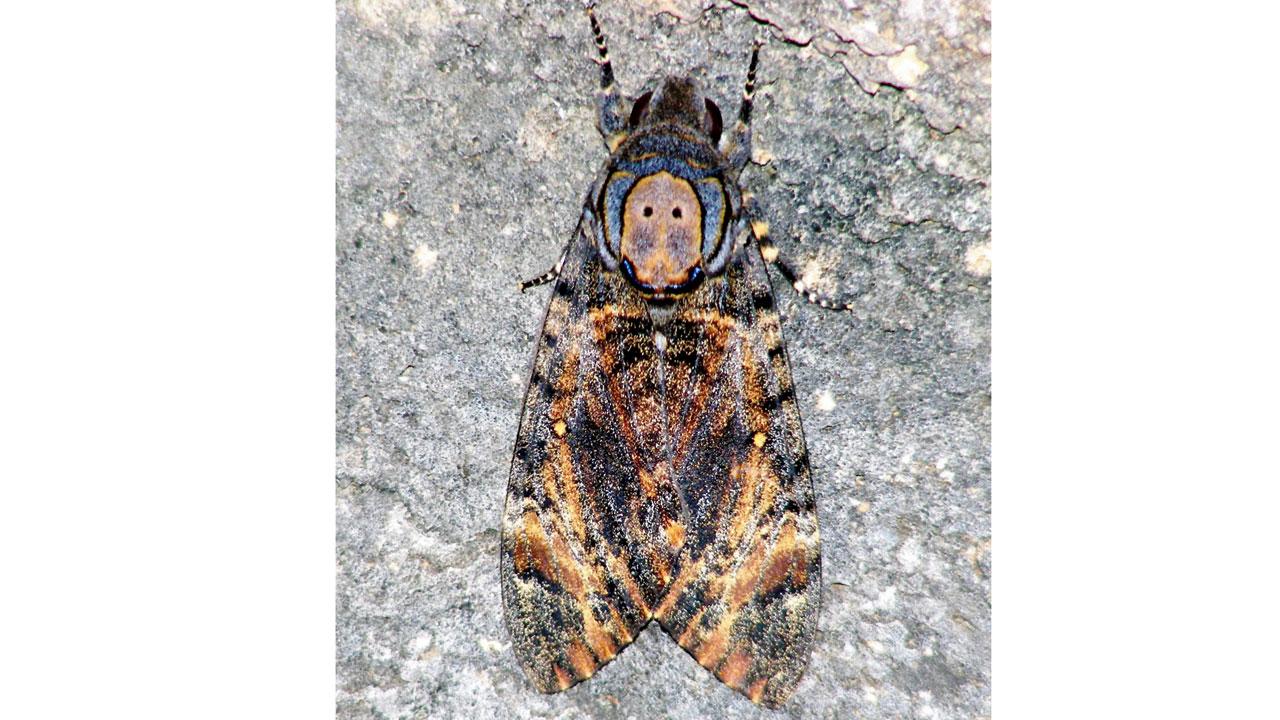
Death’s-head hawkmoth. PIC COURTESY/Wikimedia Commons
>> Tussar silk moth: Known for its large size, the commercial production of tussar silk is done from its pupa. The moth has brown wings with eye-like spots.
>> Tropical tiger moth: It features bright orange and black coloration. It is commonly attracted to lights at night.
>> Death’s-head hawkmoth: Remember the horror flick, The Silence of the Lambs? The moth in its poster was influenced by this real-life moth. It is known for the skull-like pattern on its thorax. It can produce a squeaking sound when disturbed.
>> Atlas moth: This is the largest moth in India. While one specimen is currently observed in SGNP, it is a rare moth to be observed.
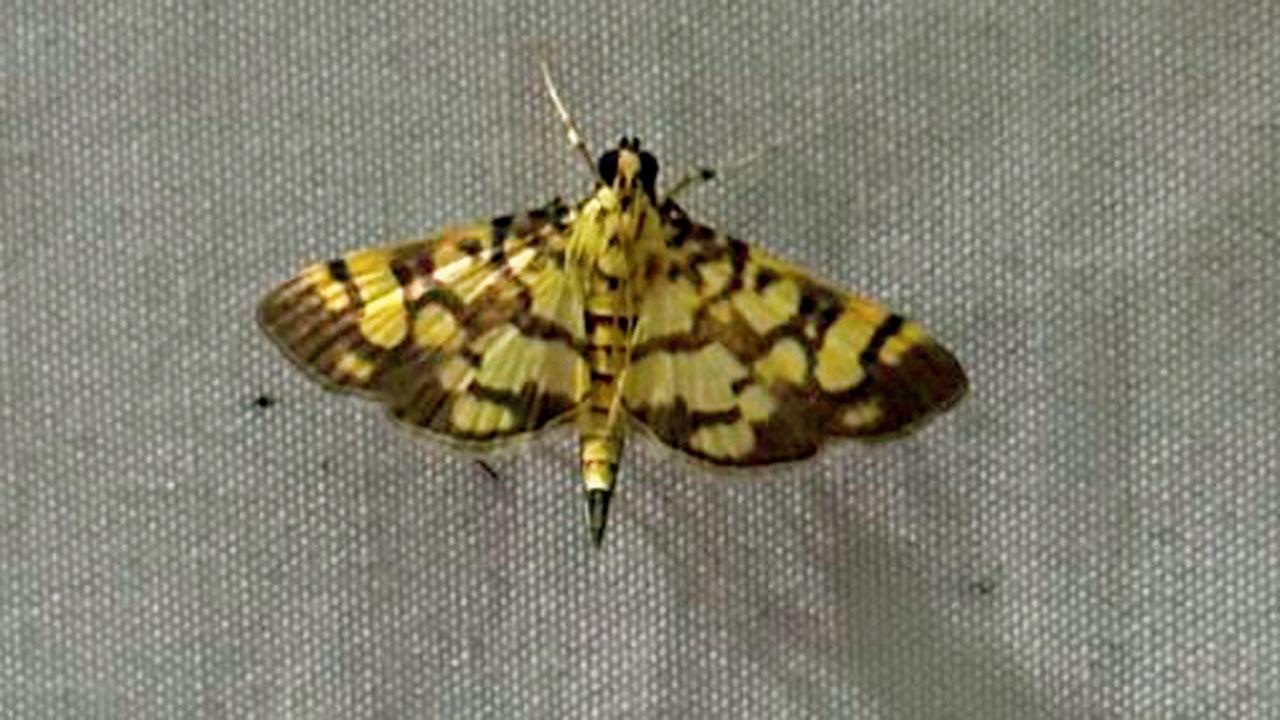
Grass moth
Where to spot it?
You can spot a wide variety of moths in Aarey Forest and Sanjay Gandhi National Park in the late evenings. Maharashtra Nature Park opposite
Dharavi Bus Depot is another location where these majestic insects can be found in large numbers. Some moths are very common, and can be observed in the backyard, local parks and gardens post sunset, as well.
Shantanu Dey, senior naturalist.
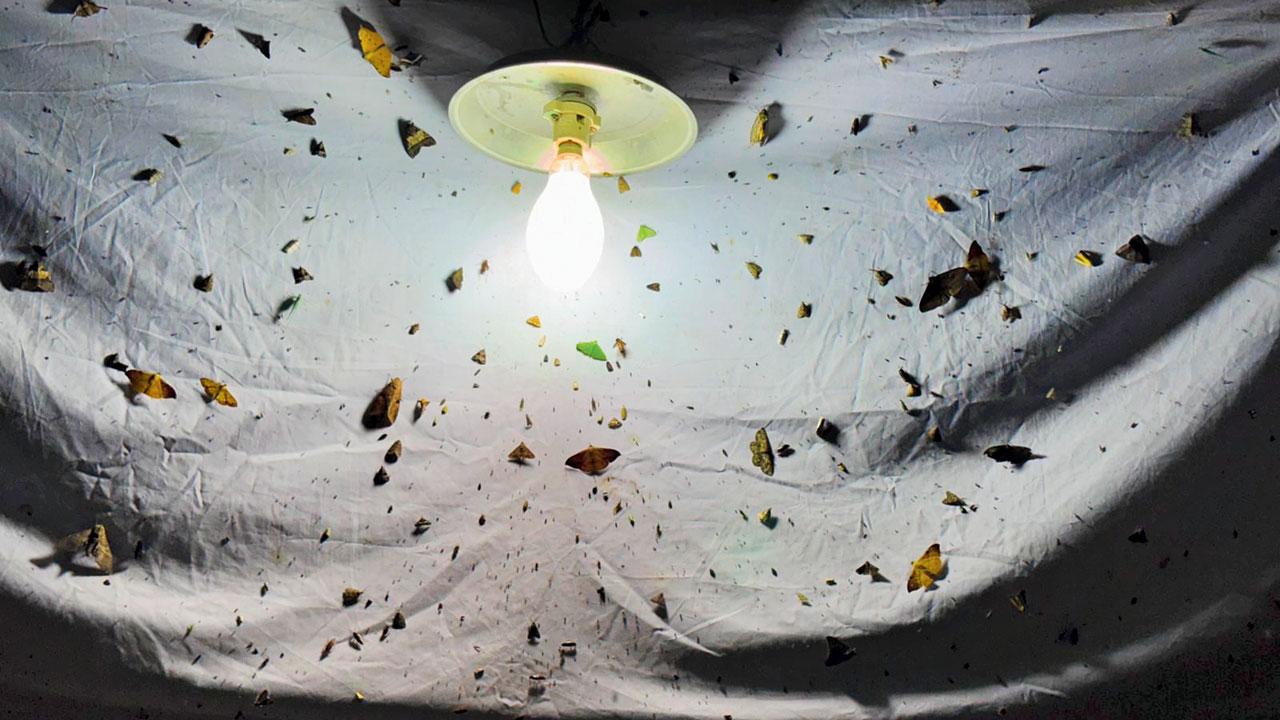
To invite moths to your home, spread a white sheet and install a mercury lamp on a sheltered surface. PICS COURTESY/Dr V Subhalaxmi
Moths to a flame
Moth week is observed globally to promote the visibility of these nocturnal insects. If you study evolution, moths came much before butterflies. However, not many people are interested in them because few are aware of them. Butterflies have the same cycle as humans; they rise with the sun, and go to sleep after sunset. In the case of moths, they become active at night. Hence, the only moths we know of are the brown ones that enter houses and are not very colourful. So, people tend to dislike them. But moths outnumber butterflies and can be 10 times more colourful. These are usually found in forests at night, so most of us are not aware about the diverse, beautiful species.
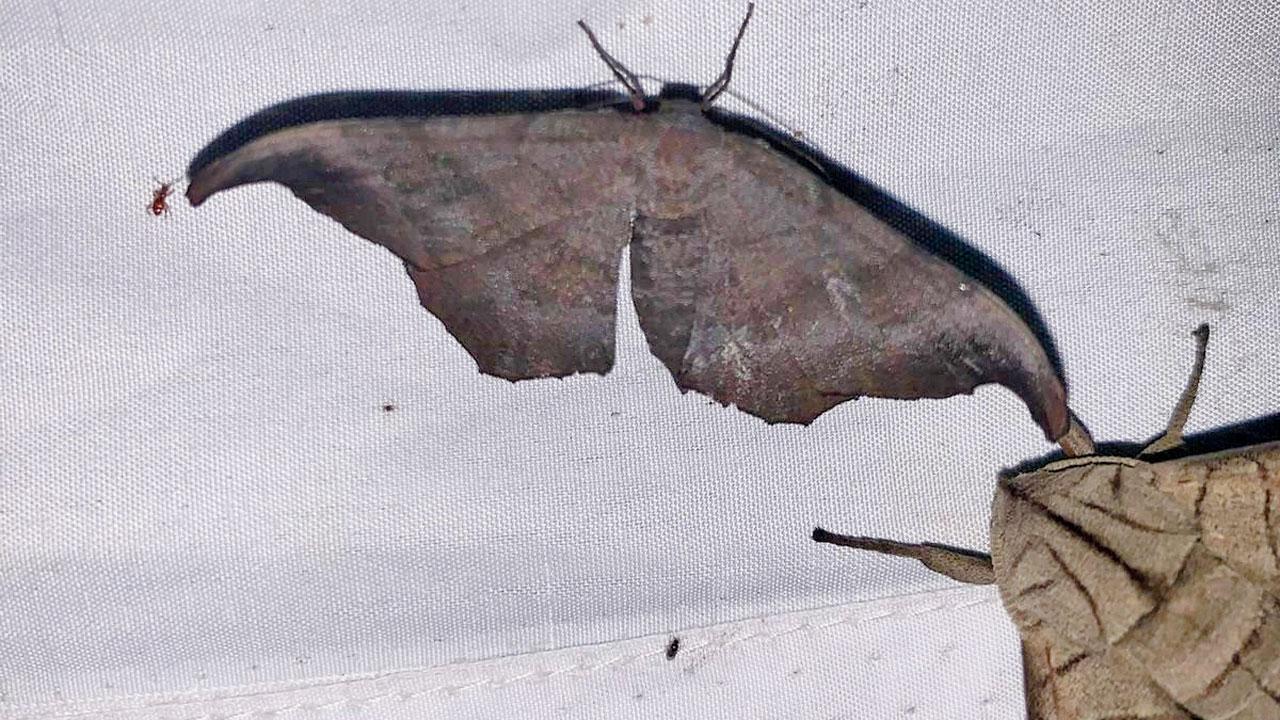
Talaca leaf moth
How to spot it?
As most of them are found in the forests, the best way to observe them would be to invite them home. For this, you need to pin a white sheet [like a blanket] across a sheltered surface. Install a mercury lamp, and switch on the lamp post sunset. It is common knowledge that moths are attracted to light. However, find a place that does not have other dominating sources of light. Then, the moth will not come to your set-up. Find isolated spaces, with less light around, so that yours stands out. If you have something closer to greenery, it is all the better. Remember not to disturb their schedule. Once you have observed them and clicked photos, turn off the lights so they can return back to where they came from. I usually turn off the lights post-midnight when all the bigger moths have also settled on the sheet.

The season for spotting moths begins in June, and goes on till October. You can look out for grass moths; these are typically the smaller ones that are commonly spotted in your balconies. Another species that I am fond of are the talaca leaf moths, which look exactly like dry leaves. Other species commonly found in the city include snout tiger moth, moon moth, day flying forester moth and fruit piercing moth, tea Boston moth and white banded geometer, among others.
Dr V Subhalaxmi, founder, Ladybird Environmental Consulting
Also check out
Talk on moth photography by Isaac Kehmikar (webinar)
On July 24, 7 pm to 8 pm
message 9987013144

Talk on moth life histories by Priti Chogale (webinar)
On July 26, 7 pm onwards
Log on to @inaturewatch
Moth month special by Brooker Creek Preserve (webinar)
On Today, 11.30 am
Log on to @brookercreekpreserve (registration link in bio)
 Subscribe today by clicking the link and stay updated with the latest news!" Click here!
Subscribe today by clicking the link and stay updated with the latest news!" Click here!







